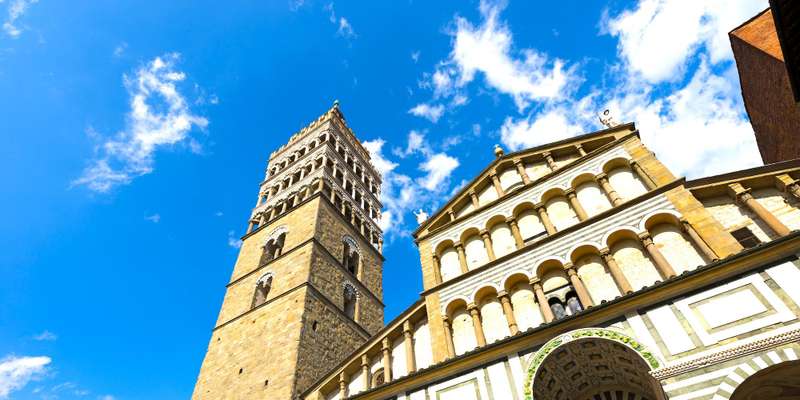- Home
- Useful Tips
- Pistoia's public transport...
Navigating Pistoia's transport system frustrates many visitors. Over 68% of day-trippers waste precious vacation time circling the same historic center, unaware of efficient regional connections. The anxiety of missed buses compounds when you don't know where to validate tickets, while families struggle to locate stroller-friendly routes. These oversights turn what should be a leisurely Tuscan escape into a stressful logistics puzzle. Unlike Florence's well-documented transit, Pistoia's local knowledge remains guarded by residents – until now. We've decoded the system's quirks so you can focus on medieval frescoes and piazza hopping rather than transport headaches.


Why Pistoia's bus network confuses first-time visitors
Pistoia's bus system operates on a radial model that seems counterintuitive to newcomers. Routes converge at Piazza San Francesco but don't always clearly display return directions, leaving many tourists stranded near attractions like the Ospedale del Ceppo. Compounding the confusion, digital displays at stops default to Italian, and drivers rarely speak English. The city's compact size means some key sights appear within walking distance on maps, but steep cobbled streets make this impractical for elderly travelers or those with mobility issues. Locals know to look for the subtle yellow 'COPIT' signage rather than standard bus stop poles, a detail most transit maps omit.
The smart way to use regional trains for Pistoia day trips
Pistoia's train station connects seamlessly to Lucca and Florence, but few realize its potential for optimizing sightseeing. Regional trains (not the faster Frecciarossa) stop at hidden gems like Montecatini Terme, with departures every 30 minutes costing a fraction of tour buses. Purchase tickets at the station's antique yellow machines to avoid online booking fees, and validate them in the green stamping boxes before boarding. Weekday travelers benefit from 'Abbonamento Turistico' passes covering both trains and local buses – ask for them at the tobacco shop inside the station. For the best experience, take the early morning train to Prato to beat crowds at the Duomo's sacred belt chapel, returning in time for Pistoia's legendary lunchtime soup stalls.
Where to find Pistoia's secret pedestrian shortcuts
Residents have used discreet vicoli (alleys) for centuries to navigate between landmarks without encountering traffic. The most valuable runs from Via degli Orafi directly to the Baptistery's side entrance, bypassing the crowded Corso Silvano Fedi. Another hidden passage begins near Pescheria restaurant, leading through a 14th-century archway to San Giovanni Fuorcivitas church. These routes aren't marked on tourist maps but save 15+ minutes of walking in peak heat. Mobility-limited visitors should note the nearly invisible elevator inside Palazzo Comunale – accessed through the courtyard – which provides barrier-free access to panoramic rooftop views typically reached by 200 steps.
When to choose taxis over public transport in Pistoia
While Pistoia's buses suffice for most routes, taxis become cost-effective for groups visiting outlying attractions like the Celle hermitage. The city's unusual taxi stand system requires calling +39 0573 21222 rather than hailing cabs, but drivers often share fixed-rate deals to nearby vineyards that undercut organized tours. Between 1-3pm when buses reduce frequency, splitting a taxi four ways often costs less than individual transit passes. Night owls should note the last buses depart at 11:30pm, making taxis the only option after evening concerts at Piazza del Duomo. Always confirm fares before boarding – reputable drivers provide written estimates matching rates posted inside the vehicle.
